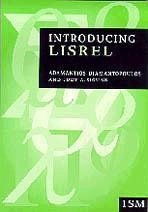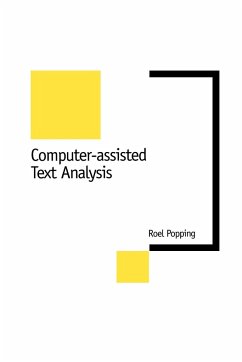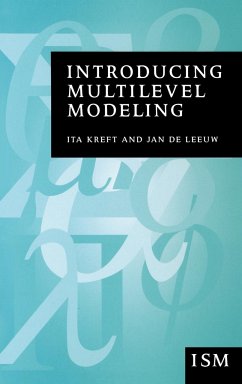Adamantios Diamantopoulos joined the University of Vienna in February 2004 from Loughborough University Business School, UK, where he held the Chair of Marketing and Business Research. He was previously Professor of International Marketing at the European Business Management School, University of Wales Swansea, where he headed the Marketing Group. During 1996-1999 he also held the Nestlé Visiting Research Professorship of Consumer Marketing at Lund University, Sweden. Other past academic posts include full-time appointments at the University of Edinburgh and the University of Strathclyde, and Visiting Professorships at the University of Miami (USA), Vienna University of Economics and Business (Austria), Université Robert Schuman (France), Dortmund University (Germany), University of Bern (Switzerland), Athens Laboratory of Business Administration (Greece) and University of Leeds (UK). He has taught at fifteen university institutions in the UK, France, Belgium, Germany, Austria, Sweden, Switzerland, Spain, Greece, Slovenia and the USA and has collaborated with several international companies. In addition to his Chair at the University of Vienna, he currently holds a Visiting Research Professorship at Loughborough University, UK. He is also a visiting Professor at the Faculty of Economics, University of Ljubljana, Slovenia. He holds a BA and MSc degree from Heriot-Watt University, a PhD degree from the University of Strathclyde and a DLitt degree from Loughborough University. In 2000, he was elected Fellow of the British Academy of Management.
















